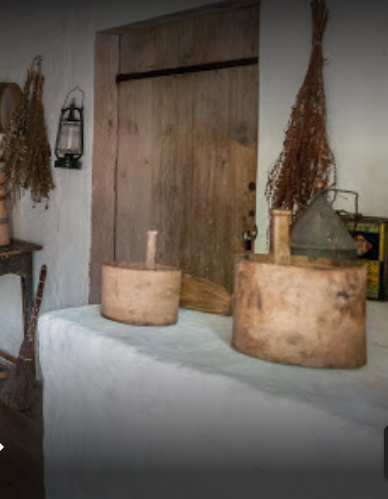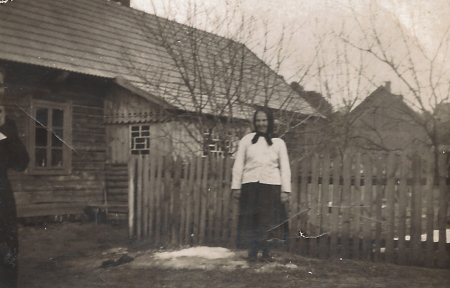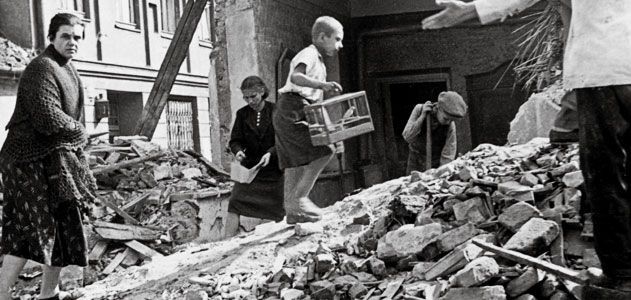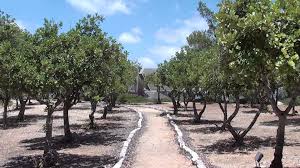
A simple quern, likely one passed down from her great grandmother, was probably a Polish village woman’s most treasured possession during the brutal years of the Second World War. A quern, or żarna in Polish, is a simple hand mill typically consisting of two circular stones for grinding wheat, rye and oats in flour.
To the Germans, this ordinary object was a threat to their complete control of the population through implementing food quotas. It was immediately outlawed during the first year of occupation, and the villagers had to turn over their querns that were then smashed and burned. To not comply and then later found with a quern resulted in immediate death by shooting or hanging. Even at risk of death, some women refused to hand over their precious quern. They instead hid their querns in the undergrowth of the wilderness forests and in specially dug pits.

My great grandmother, Jadwiga Bryk likely she was one of the few who successfully hid her quern from the nearby SS and played an important role for many people during the Second World War. Jadwiga was mentioned in the letters of Anna Grabiec as a kind person who brought food to the starving forced laborers at a German farm near her home not far from Camp Heidelager in occupied Poland. She also was the person who brought food to Ks Jan Kurek, a priest while he hid from the SS in the roof area of his empty church for six months. Jadwiga lived across the street from the church and knew of his impending arrest. This true story is told in my historical novel “War and Resistance in the Wilderness.”


















